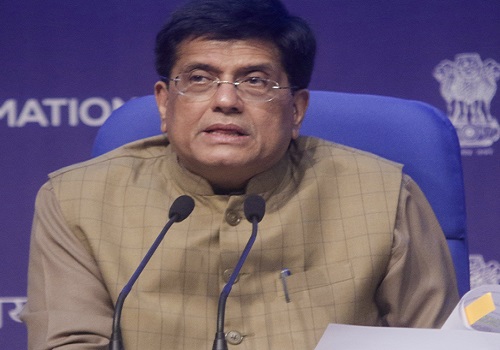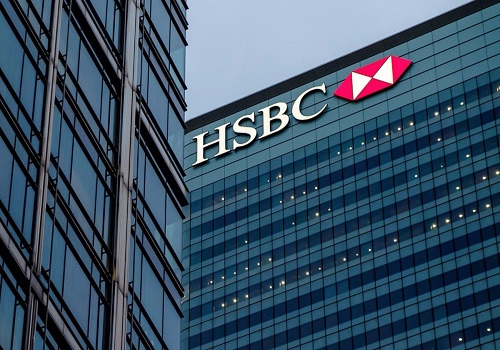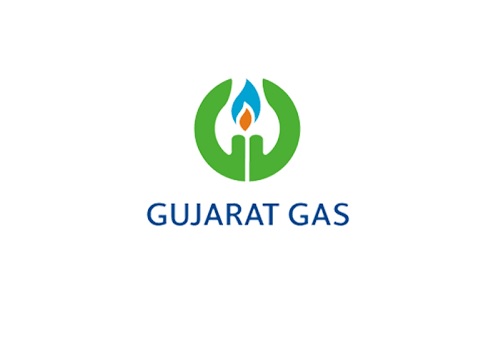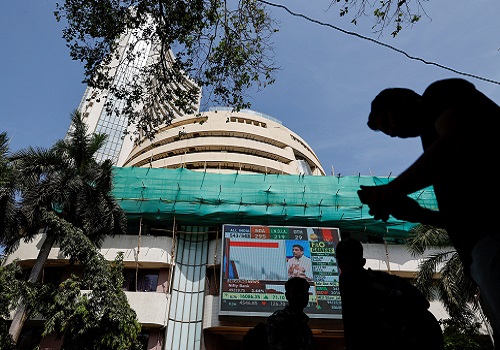Debt Market Update : Recent Key Developments by CareEdge Ratings

Follow us Now on Telegram ! Get daily 10 - 12 important updates on Business, Finance and Investment. Join our Telegram Channel
Over the past month, the 10Y UST yield has retreated by ~100bps from its highest level in 16 years and is currently trading around 3.9%, a level last seen in July 2023. This sharp pull-back in the yield can be primarily attributed to a dovish Fed. Following a less hawkish November meeting, the FOMC unanimously maintained the fed funds target range at 5.25-5.5% for the third consecutive time in December and retained its previously announced plans for quantitative tightening. While this aligned with market expectations, the changes made to the policy statement and the forward guidance were more dovish than anticipated. Notably, the policy statement acknowledged, for the first time, that “inflation had eased over the past year” and highlighted a slowdown in the economic activity from the robust growth in Q3. Further, the phrase “any additional policy firming”, which was absent in previous policy statements, suggested that the Fed might be done with rate hikes. FOMC projections indicated the potential for a soft landing. The real GDP forecast for 2023 was revised upward by 50bps to 2.6%. FOMC members do not see the U.S. entering a recession between 2024 and 2026.
Inflation forecasts were revised downward, with the core PCE inflation (Fed’s preferred inflation measure) projected at 3.2% in 2023, 50bps lower than the earlier projection. Core PCE inflation is projected to decrease to 2.4% in 2024 and 2.2% in 2025 and reach the Fed's 2% target in 2026. The FOMC projections suggest 75bps of rate cuts in 2024, which is more aggressive than the 50bps indicated in the September meeting. Additionally, another 100bps of rate cuts are projected in 2025, followed by 75bps of rate cuts in 2026. The fed funds rate is projected to settle at 2.5% in the long run, indicating higher for longer interest rates.
Market expectations have shifted from pricing 100bps of rate cuts in 2024 starting May before the policy meeting to a more aggressive stance of 150bps of rate cuts in 2024 starting March after the policy announcement. Consequently, the 10Y UST yield has fallen by ~30bps post the policy announcement as markets cheer the possibility of the end of Fed rate hikes and the imminent rate cuts. Crude oil prices have displayed volatility. At the beginning of the week ending December 15, Brent crude oil prices were hovering near 6-month lows of ~USD 73 per barrel amidst scepticism about OPEC+ production cuts, high U.S. crude oil output and global demand concerns.
However, they closed the week around ~USD 80 per barrel, marking their first weekly gain in two months amidst a weaker dollar and a dovish Fed. Furthermore, issues related to the supply side, such as lower Russian exports and Red Sea ship attacks, continue to weigh on crude oil prices. On the domestic front, the RBI MPC unanimously voted to keep the repo rate at 6.5% for the fifth consecutive time at its December meeting and maintained its stance of “withdrawal of accommodation.” The RBI expressed optimism about the growth trajectory and revised its FY24 growth forecast upward by 50bps to 7%. Inflation projections for FY24 were kept unchanged at 5.4%. The RBI Governor expressed confidence in the softening of core inflation, which has moved closer to the RBI's 4% target. However, he acknowledged the potential risks to headline inflation from volatile food prices. Notably, the policy language exhibited a less hawkish tone compared to the October statement. Despite this, the Governor sounded a note of caution, underscoring the importance of additional economic data in determining the future direction of monetary policy. We anticipate the RBI to start rate cuts after Q1 FY25 when quarterly inflation is projected to approach the 4% target. However, this rate-cut cycle is likely to be shallow.


.jpg)







Top News

Optional tax regime aims to provide relief to low-income bracket people: FM Nirmala Sitharaman













